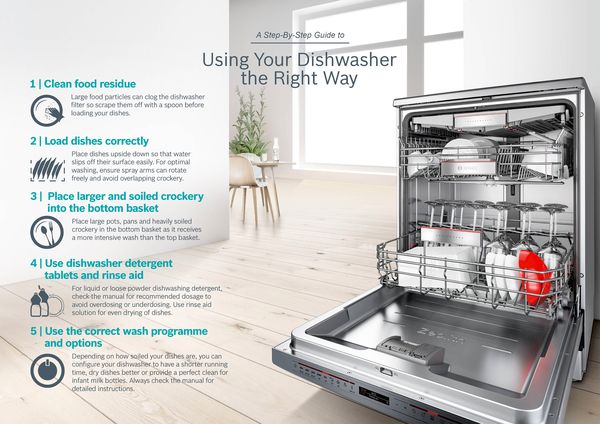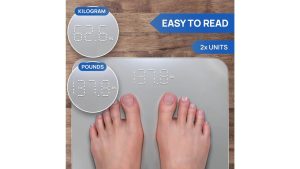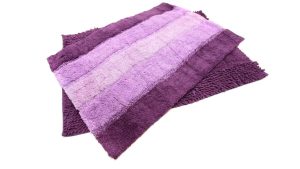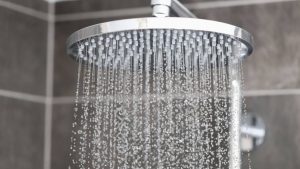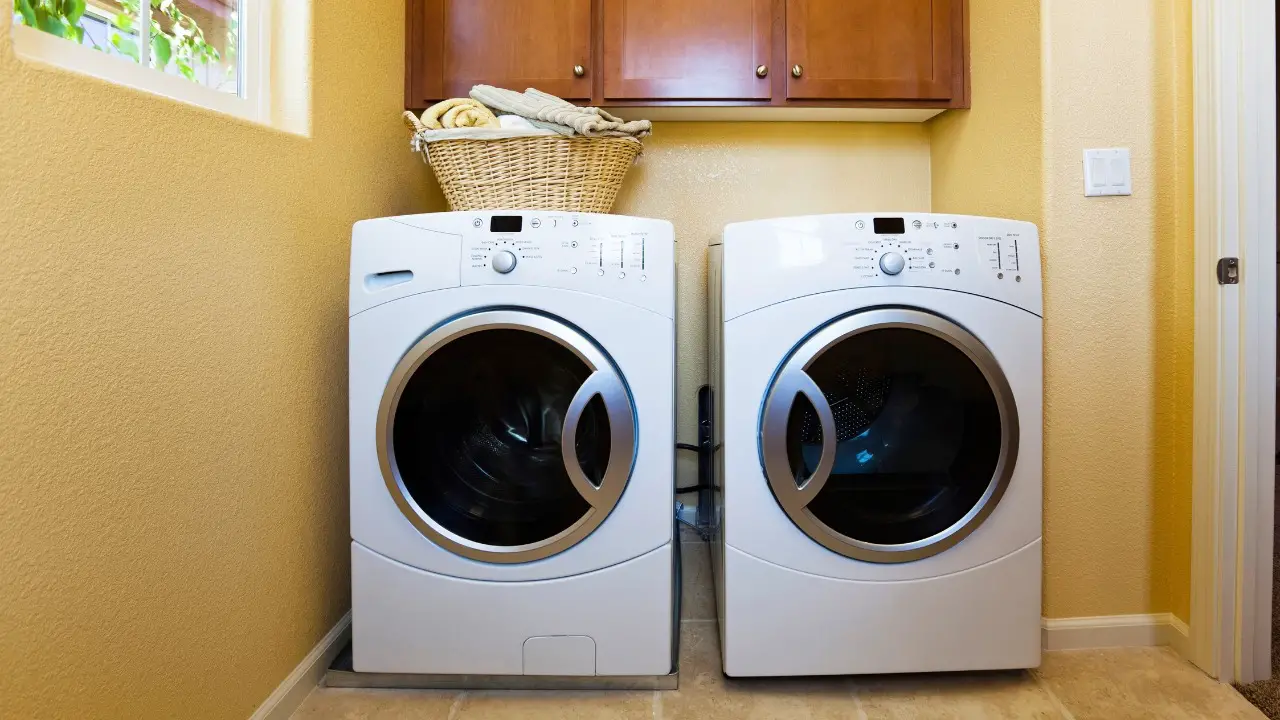How to Install a Washer Machine

To install a washer machine, first, place the machine in the desired location and ensure it’s leveled. Next, connect the hoses to the water supply and drain, then plug in the power cord.
Be sure to remove transportation bolts before using the machine. Installing a washing machine is a straightforward process that you can easily accomplish with the right tools and a basic understanding of plumbing and electrical connections. Whether you are setting up a new appliance or replacing an old one, following the manufacturer’s instructions and safety guidelines is crucial.
By carefully positioning the machine, connecting the hoses, and ensuring a secure electrical connection, you can have your washer machine up and running in no time. This guide will provide you with the essential steps to install a washer machine effectively and safely in your home.
Preparing For Washer Machine Installation
When preparing for washer machine installation, it’s crucial to ensure that you have everything in place for a smooth and successful setup. From choosing the right location to gathering the necessary tools and equipment, each step plays a crucial role in ensuring a hassle-free installation process.
Choosing The Right Location
One of the first steps in preparing for washer machine installation is choosing the right location. Ideally, you should select a spot with adequate ventilation and access to the necessary plumbing and electrical connections. Ensure that the location is level to prevent any future operational issues.
Ensuring Adequate Space
Before starting the installation process, make sure that there is enough space for both the washer machine and the dryer, if applicable. Check the dimensions of the appliances to ensure they fit comfortably in the designated area, allowing for proper ventilation and access for maintenance.
Gathering Necessary Tools And Equipment
Before installation, it’s essential to gather all the necessary tools and equipment. This may include adjustable wrenches, pliers, a level, a tape measure, and safety gear such as gloves and safety goggles. Having all the required tools on hand will streamline the installation process and minimize any potential delays.
Reading The Manufacturer’s Installation Manual
Before beginning the installation, carefully review the manufacturer’s installation manual. This important document provides detailed instructions specific to your washer machine model. Follow the manual step-by-step to ensure the correct installation, minimizing the risk of errors or complications down the line.
Safety Precautions Before You Begin
Before you start installing a washer machine, it is crucial to take certain safety precautions to ensure a smooth and secure installation process. By following these safety measures, you can minimize the risk of accidents and ensure a safe working environment.
Turning Off The Water Supply
Before beginning the installation process, it is essential to turn off the water supply to the washing machine. This is a crucial safety step to prevent any water leaks or potential flooding. Locate the shut-off valve for the water supply to the washer and ensure you tightly close it to avoid any water flow during the installation.
Checking For Electrical Safety
Before installing the washer machine, it is important to ensure electrical safety. Check the power source where you will plug in the washer to ensure that the electrical connections are secure and there are no exposed wires. If there are any concerns about the wiring or electrical outlets, consult a qualified electrician to address these issues before proceeding with the installation.
Wearing Appropriate Personal Protective Gear
When installing a washer machine, it is important to prioritize safety by wearing appropriate personal protective gear. This includes using gloves to protect your hands from sharp edges, wearing closed-toe shoes to prevent any injuries, and, if necessary, using safety goggles to shield your eyes from any debris. By adhering to these safety measures, you can minimize the risk of injury during the installation process.
Unpacking And Positioning Your Washer Machine
When setting up a new washer machine, the first steps involve unpacking and positioning the appliance correctly to ensure smooth and efficient operation. Properly handling the unpacking and positioning process is essential for avoiding damage to the machine and ensuring it functions properly from the start.
Removing Packaging And Shipping Bolts
When unpacking your washer machine, carefully remove all packaging materials and shipping bolts. These bolts are typically located at the back of the machine and are essential for stabilizing the drum during transportation. Failure to remove these bolts can result in excessive vibration and noise during the machine’s operation, potentially causing damage to the internal components. Refer to the manufacturer’s instructions for these shipping bolts’ specific location and removal process.
Leveling The Machine Properly
Once unpacked, it is crucial to ensure that the washer machine is positioned on a level surface. Use a spirit level to check the horizontal and vertical alignment of the washer machine. If the machine is not level, adjust the feet accordingly to achieve proper alignment. A level machine prevents excessive movement during the wash and spin cycles, reducing noise and potential damage to the appliance.
Adjusting For Floor Unevenness
If the installation location has uneven flooring, you must adjust the washing machine to accommodate for the unevenness. Depending on the severity of the unevenness, you may need to use shims to stabilize the machine and ensure it remains level during operation. Failing to address floor unevenness can lead to excessive vibration, noise, and potential damage to the washer machine.
How To Connect Water Supply Hoses
When installing a washer machine, connecting the water supply hoses is a crucial step to ensure proper functioning and prevent leaks. In this section, we will cover how to attach cold and hot water hoses, secure the connections to prevent leaks, and test for any water line issues.
Attaching Cold And Hot Water Hoses
Before connecting the hoses, make sure to turn off the water supply. After completing this, follow these steps to attach the cold and hot water hoses:
- Identify the cold and hot water faucets on the wall and ensure they are compatible with the washer machine’s hoses.
- Connect the cold water hose to the cold water faucet and the hot water hose to the hot water faucet. Ensure that the hose connections are secure and tightly fitted to prevent any water leakage.
- Double-check the hose connections to ensure you have properly installed them, as any loose connections can result in water leakage.
- Turn on the water supply and check for any leaks. If there are no leaks, proceed to the next step.
Securing The Connections To Prevent Leaks
To prevent leaks, it is important to secure the connections of the water hoses. This can be done by:
- Use a wrench to tighten the hose connections, ensuring they are snug but not over-tightened, to avoid damaging the fittings.
- Inspecting the hose connections regularly to look for any signs of wear or deterioration. Replace any damaged hoses or fittings as needed to prevent potential leaks.
Testing For Any Water Line Issues
After connecting and securing the water supply hoses, it is essential to thoroughly test for any potential water line issues. This can be done by:
- Running a test cycle on the washer machine to check for leaks or any irregular water flow.
- Inspect the area around the water connections for any signs of moisture or water accumulation, indicating a potential leak.
- Ensuring the water pressure is consistent and adequate for the washer machine to function effectively.
Securing Washer Machine’s Drainage
Proper installation of a washer machine’s drainage system is crucial for efficient and long-lasting performance. Securing the drainage involves selecting the right drain hose path, ensuring a proper standpipe height, and connecting and testing the drain system. Here’s a detailed guide on how to secure your washer machine’s drainage.
Choosing The Right Drain Hose Path
When installing a washer machine, it’s essential to choose the right drain hose path to ensure proper water discharge. Typically, the drain hose should have a gradual slope to allow water to flow freely. Avoid kinks or sharp bends in the hose, as this can lead to drainage issues. Additionally, make sure not to place the hose too far into the standpipe, as this can cause water to siphon back into the machine during the draining process.
Ensuring A Proper Standpipe Height
The standpipe, also known as the drain pipe, plays a crucial role in the drainage system. It should be of adequate height to prevent water from backing up into the washer. Ideally, the standpipe should be at least 36 inches tall, with the end opening above the highest water level of the washer’s tub. This ensures proper drainage and prevents potential water overflow.
Connecting And Testing The Drain System
Once the drain hose path and standpipe height are set, it’s time to connect and test the drain system. Securely attach the drain hose to the standpipe, ensuring a tight and leak-free connection. Additionally, check for any blockages or restrictions in the drain hose to ensure smooth water flow. After connecting the drain system, test the washer machine by running a small load to verify proper drainage.
Final Steps And Machine Testing
After properly positioning and connecting your new washer machine, it is time for the final steps and testing to ensure everything is in working order. Paying attention to the following steps will help in correctly installing and testing the machine, ensuring optimal performance.
Plugging Into Power And Grounding
Before plugging in your washer machine, make sure to check the power requirements specified in the user manual. Ensure it’s properly grounded to avoid any electrical hazards. Refer to the manual for the grounding method suitable for your specific model. Insert the plug into an appropriate power outlet that meets the voltage and current rating requirement of the washer machine.
Running An Initial Test Cycle
- Turn on the main water supply and check for any water leakage from the water inlet and outlet hoses.
- Close the washer door and select a test cycle – typically, the “quick wash” setting is used.
- Before starting the wash cycle, double-check all connections to ensure everything is tightly secured and properly installed.
- Initiate the test cycle and closely monitor the machine for any abnormal sounds or vibrations.
Troubleshooting Potential Issues After Setup
If you encounter any issues during the initial test, consider the following troubleshooting steps:
- Double-check all water supply and drainage connections for leaks or blockages.
- Verify that the load is evenly distributed inside the machine to prevent imbalance during the spin cycle.
- Inspect the power supply and ensure it meets the specified requirements for the washer machine.
- If the machine displays any error codes, refer to the user manual for relevant troubleshooting guidance.
Frequently Asked Questions For How To Install A Washer Machine
Q: What Tools Are Needed To Install A Washer Machine?
A: To install a washer machine, you’ll need a wrench, level, pliers, and screwdriver to ensure proper installation.
Q: How Do I Prepare The Area For Washer Machine Installation?
A: Clear the space and ensure there’s a nearby electrical outlet, water source, and proper drainage for the washer machine.
Q: What Are The Steps To Connect A Washer Machine To The Water Supply?
A: First, turn off the water supply. Then, attach the hoses to the washer and the water supply, ensuring a tight connection.
Q: How Do I Level A Washer Machine For Installation?
A: Use a level to ensure the washer machine is evenly balanced on all sides, adjusting the feet as needed for stability.
Q: What tools do I need to install a washer machine?
A: Common tools include an adjustable wrench, pliers, a level, a screwdriver, and a tape measure.
Q: Is it necessary to have a dedicated water line for the washer?
A: Yes, it’s recommended to have a dedicated hot and cold water line with shut-off valves for efficient operation.
Q: How do I level the washer machine?
A: Use a level on the washer and adjust the machine’s feet until it’s level to prevent vibration and ensure proper operation.
Q: Can I install a washer without a professional plumber?
A: Yes, many installations can be done DIY, but if you’re unsure, it’s advisable to consult a professional for safety and compliance.
Q: What’s the proper way to connect the water hoses?
A: Connect the hot and cold water hoses to the corresponding water inlets on the back of the washer, ensuring they are securely tightened.
Q: Do I need to use a specific detergent for my washer?
A: Recommend using high-efficiency (HE) detergent for front-loading washers and following the manufacturer’s guidelines for the type and amount of detergent.
How to Install a Washer Machine
Conclusion
Installing a washer machine is a manageable task with the right tools and knowledge. By following the step-by-step instructions in this guide, you can successfully set up your washer machine without the need for professional assistance. Remember to prioritize safety and consult the manufacturer’s guidelines for optimal performance.
Happy washing!

